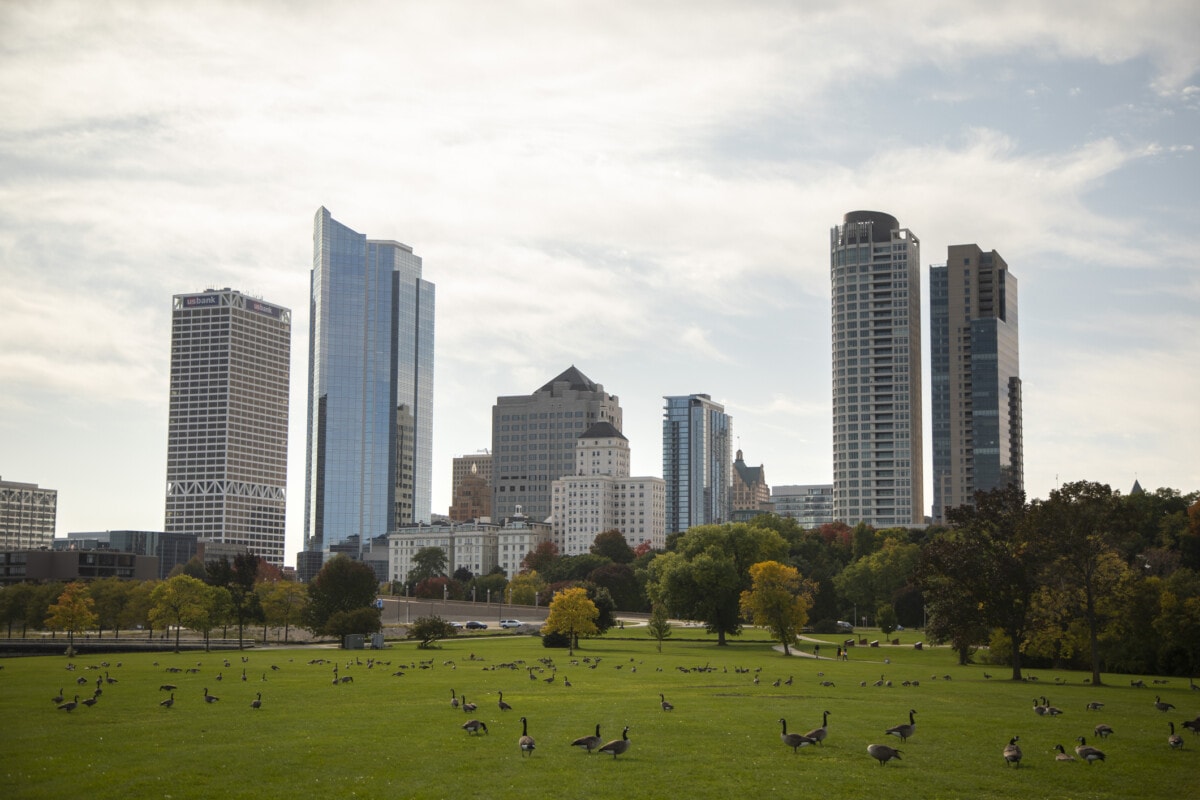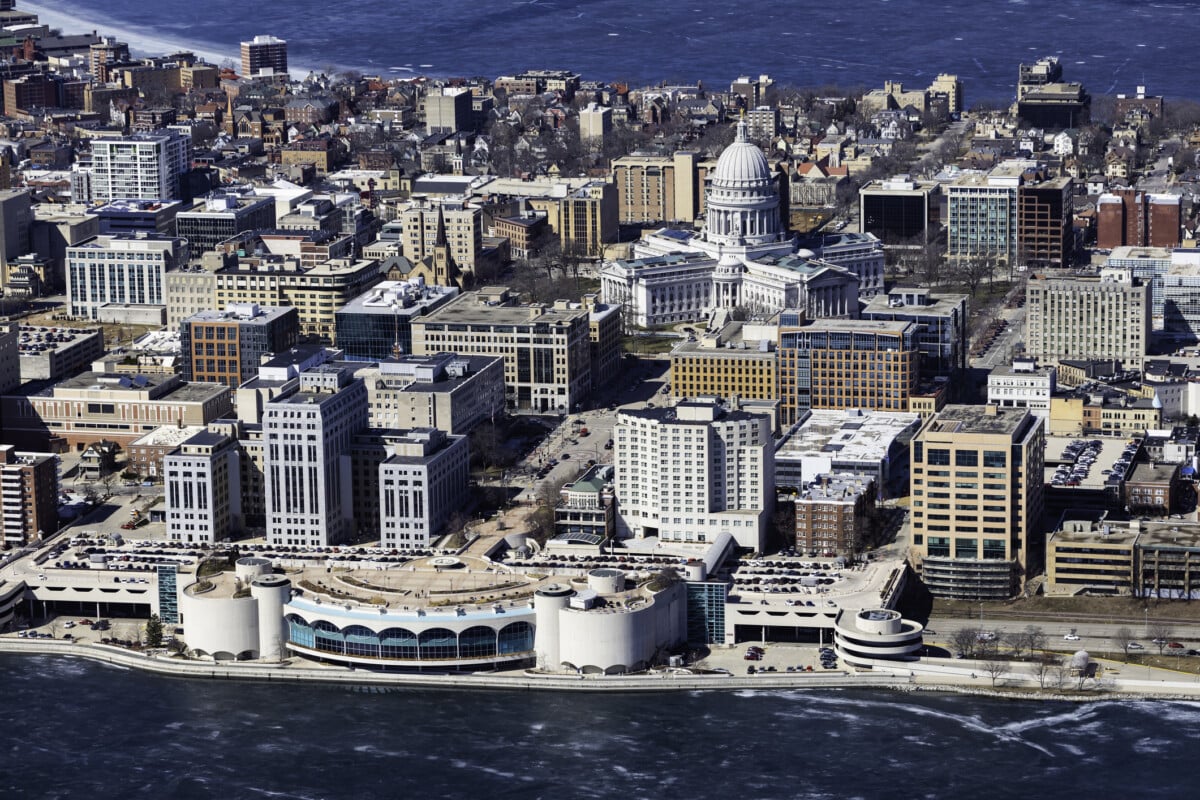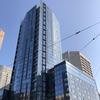America’s “pandemic boomtowns”—the places that grew rapidly as remote workers fled there for lower costs of living during the height of COVID-19—have been on a wild, four-year roller-coaster ride.
First, we saw nearly two years of a fast-moving, price-pumping housing market that resulted from the global health crisis. Homes in these towns were selling at breakneck speeds—often well above the asking price—as inventory levels shrank to record lows.
In Denver, for instance, properties were flying off the market in less than a week. In Austin, TX, homes were fetching an average of 10% above the listing price. And in Raleigh, NC, the number of homes for sale dwindled by 80%.
But in spring 2022, the U.S. Federal Reserve began cranking up interest rates to combat inflation, causing a major turn in the market. Potential buyers and sellers began to feel sidelined. And there’s nowhere that felt the burn more than the nation’s pandemic boomtowns.
Cue the stomach-churning free-fall part of the roller-coaster ride.
Today, that electric real estate climate in these cities has fizzled. The depleted inventories have been replenished, homes linger on the market, and sellers increasingly adjust to modest price expectations.
Forgive the cliché, but there’s a “new normal” in some of these places.
As a proud Austinite, Realtor.com® senior economic analyst Hannah Jones has an up-close view of one of these markets.
“It’s been really challenging for sellers here to adjust their expectations because things got so hot, and that memory still feels really fresh,” she says.
Nonetheless, she notes, for buyers in Austin, “there’s a lot more breathing room.”
This rebalancing—between sellers' expectations and buyers' budgets and options—is a theme. At Realtor.com, we can see the areas that had the most dramatic pandemic surges have fallen when we examine the time it takes homes to sell, or what's happened with inventory or prices.
Let's dig into what the numbers show. Using the Realtor.com demand metric, which compares how many page views per listing any given area is receiving to all other areas, we can identify the pandemic boomtowns. We looked at major metro areas where the demand metric rose the most in the two years between the beginning of the pandemic and when interest rates began to rise.
 Austin, TX
Austin, TX(Getty Images)
Austin, TX
March 2024 median list price: $549,733
Notable post-pandemic correction: Median price per square foot is down 9% since the pandemic peak. Median sale price dropped from 9% above the initial list price to 3.5% below.
Austin's vibrant arts scene and booming tech sector attracted a surge in population during the pandemic, as remote work allowed people to choose where they lived independently of their employers.
Laura Duggan, owner of West Austin Properties, said the influx was driven by the area's tech sector growth.
"We had so many tech companies on a high-growth track," she says, "plus a lot of startup companies that got big funding."
However, rising interest rates and the subsequent corporate debt restructuring brought layoffs, cooling the heated market.
Currently, Austin's housing market is adjusting, with the price per square foot dropping almost 10%, after some of the fastest price growth among any pandemic boomtown. Properties have gone from selling above the list price to a more typical sale-to-list price ratio.
Despite these shifts, areas like Cedar Park remain active due to new developments such as a children's hospital, sustaining localized market heat, Duggan says.
And she warns of more changes ahead: "Keep an eye on Austin. We're going to see some more really big changes really fast."
The Austin housing market will continue to be affected by the ups and downs of the temperamental tech industry, Duggan adds. Notable changes include downsizing at Elon Musk's Tesla and Oracle announcing a move of its headquarters to Nashville, another city on our pandemic boomtown list.
Tampa, FL
March 2024 median list price: $419,000
Notable post-pandemic correction: Days on the market increased from 29 to 51.
Tampa's location on the Gulf Coast has enhanced its appeal since the start of the pandemic, contributing to its diverse economy and quality-of-life draw.
However, the rapid growth has introduced challenges, notes Caitlin Jones, a Realtor® with Dalton Wade Real Estate Group in St. Petersburg.
"Because we grew so quickly, the local wages aren't supporting that growth," Jones explains.
Shifting toward a more balanced market is further complicated by significant increases in property taxes and insurance.
"Our property taxes and insurance raised so drastically that people were priced out," she explains. "Some of the people who moved here for the affordability are now moving back out."
These economic pressures have cooled the previously heated market, with days on the market increasing from a pandemic low of 29 to 51, which is still below the pre-pandemic average of 57 but indicates a market that is recalibrating its expectations.
Raleigh, NC
March 2024 median list price: $449,990
Notable post-pandemic correction: Days on the market adjusted from 11 to 42.
Raleigh, part of the Research Triangle, is known for its educational institutions and technological research, contributing to its robust local economy.
The metro saw days on the market drop dramatically during the pandemic to an astonishing 11. More recently, it's back to 42, reflecting a competitive market that is normalizing.
Denver, CO
March 2024 median list price: $619,900
Notable post-pandemic correction: Median sale price dropped from 8% above the initial list price to 2.5% below.
Denver's location at the base of the Rocky Mountains provides not only a stunning backdrop for daily life, but also a perfect setting for outdoor enthusiasts. The city has drawn new residents for years, and the pandemic turbocharged the trend.
The housing market adjustments include a slight return to pre-pandemic sale-to-list ratios and inventory that looks more like pre-pandemic conditions, indicating a stabilization in what is still a relatively strong market.
Nashville, TN
March 2024 median list price: $558,990
Notable post-pandemic correction: Demand ranking fell from the top fifth during the pandemic to the bottom fifth more recently.
Nashville's rich musical heritage and vibrant cultural scene make it a unique place to live.
However, the area's Realtor.com demand metric ranking has dropped significantly, with a demand ranking that fell as fast as it rose, despite prices staying close to where they've been since the pandemic market peak.
 Salt Lake City, UT
Salt Lake City, UT(Getty Images)
Salt Lake City, UT
March 2024 median list price: $579,999
Notable post-pandemic correction: Time on the market rose from eight days at the pandemic peak to 44 recently.
Situated in the Salt Lake Valley with nearby ski resorts and natural parks, Salt Lake City offers a blend of urban and outdoor living.
The housing market here saw days on the market at a pandemic low drastically rise from about one week to almost nine weeks, signaling a return to a slower pace.
Boise, ID
March 2024 median list price: $580,000
Notable post-pandemic correction: Median price per square foot decreased 6.5% since the pandemic peak.
Another Western city boasting access to the great outdoors, Boise was another poster child of the pandemic, developing a reputation as a refuge for California exiles who cashed in their coastal home's value and traded up for a larger home for much less.
Home price gains in Boise were similar to Austin's, and they've seen a similar correction, if slightly smaller, with prices now almost 7% below where they were in the throes of the pandemic.
Las Vegas, NV
March 2024 median list price: $470,000
Notable post-pandemic correction: Median price per square foot is down about 2% since the pandemic peak.
Las Vegas, renowned for the entertainment and hospitality industries that shape its economy, is a market that has seen its fair share of ups and downs over the years, having led the mid-2000s real estate bubble as well as the 2008 housing crash.
But the Sin City market has historically been more affordable than average, a trend that was reversed during the pandemic, with home prices topping the national average. Now, with prices still a tad below the pandemic peak but rising again, the city's real estate could be close to a full-price rebound.
 Providence, RI.
Providence, RI.(Getty Images)
Providence, RI
March 2024 median list price: $499,950
Notable post-pandemic correction: Selling times improved, faster than during the pandemic.
The final two metros on our list are different for a couple of reasons.
First, they're in the Northeast, a fact that analyst Jones says can't be ignored.
The population density in the Northeast means markets cannot keep up with growing demand outside of the major population hubs.
"They cannot fulfill demand by outbuilding it like you can in the South and the West," Jones says. "Northeast markets have retained so much demand because they cannot fulfill demand by just building more houses."
Second, there's not been as much of a correction in these locations. Even though Providence saw demand surge during the pandemic, it hasn't waned, keeping prices on a less steep, but more stable upward trajectory throughout the past two years when other markets corrected.
Hartford, CT
March 2024 median list price: $399,900
Notable post-pandemic correction: Price per square foot increased by 10% over its pandemic peak.
Hartford is another Northeastern city that has seen the pandemic surge continue unabated. Prices are not only 10% above where they were during the pandemic peak, but the time it takes to sell a home is even less, reflecting the enduring appeal and economic stability of this area, especially for those who left bigger, more expensive nearby cities.
Lisa Barall-Matt, a Realtor with Berkshire Hathaway in Hartford, says she sees signs that prices could be reaching a critical threshold, with buyers pulling back from the highest prices.
"Now, what I am noticing is that those properties that are staying on the market appear to be priced too aggressively," she says.



















 English (US) ·
English (US) ·